|
|
|
|
|
|
|
|
Photo Gallery for Caretta caretta - Loggerhead Sea Turtle
| 39 photos are available. Only the most recent 30 are shown.
|
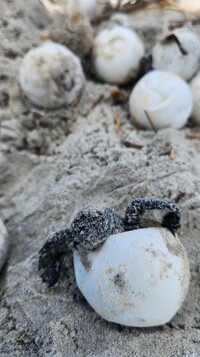 | Recorded by: R. Evans
Onslow Co.
Comment: | 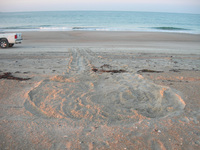 | Recorded by: R. Newman
Carteret Co.
Comment: |
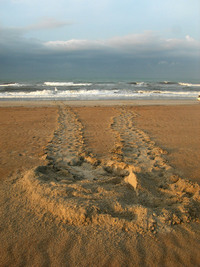 | Recorded by: R. Newman
Carteret Co.
Comment: | 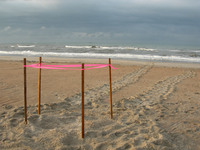 | Recorded by: R. Newman
Carteret Co.
Comment: |
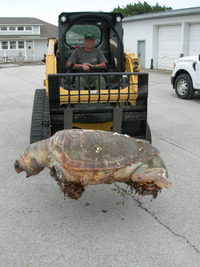 | Recorded by: R. Newman
Carteret Co.
Comment: |  | Recorded by: R. Newman
Carteret Co.
Comment: |
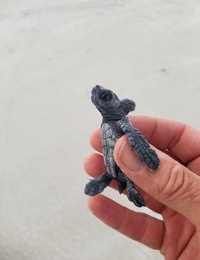 | Recorded by: M.Windsor
Onslow Co.
Comment: |  | Recorded by: R. Newman; B. Fleming
Carteret Co.
Comment: |
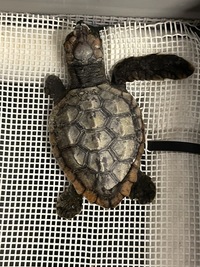 | Recorded by: B.Fleming
Carteret Co.
Comment: | 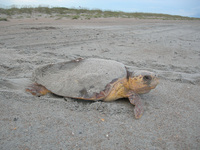 | Recorded by: R. Newman; B. Fleming
Carteret Co.
Comment: |
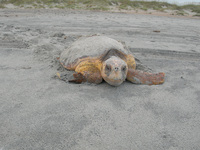 | Recorded by: R. Newman; B. Fleming
Carteret Co.
Comment: | 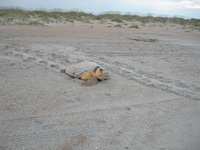 | Recorded by: R. Newman; B. Fleming
Carteret Co.
Comment: |
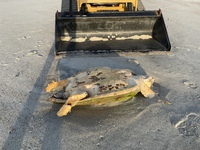 | Recorded by: B.Fleming
Carteret Co.
Comment: | 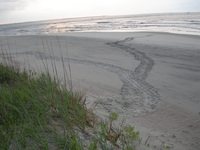 | Recorded by: R.Newman, B.FLeming
Carteret Co.
Comment: |
 | Recorded by: R. Newman
Carteret Co.
Comment: | 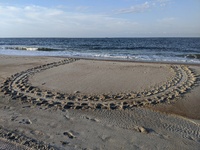 | Recorded by: B.Fleming
Carteret Co.
Comment: |
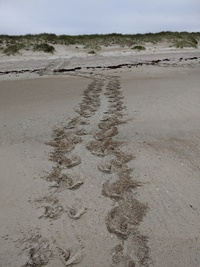 | Recorded by: R. Newman
Carteret Co.
Comment: | 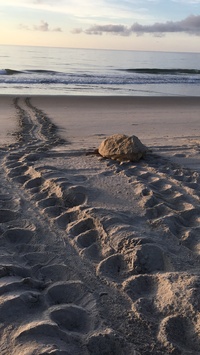 | Recorded by: J. Sutton
New Hanover Co.
Comment: |
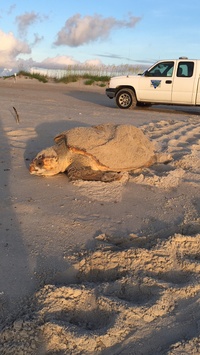 | Recorded by: J. Sutton
New Hanover Co.
Comment: | 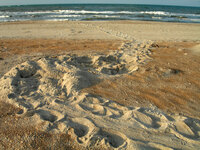 | Recorded by: R. Newman
Carteret Co.
Comment: |
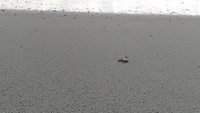 | Recorded by: A. Moorhead
Onslow Co.
Comment: | 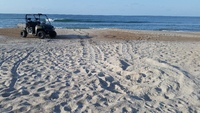 | Recorded by: R. Newman, E. Abernethy
Carteret Co.
Comment: |
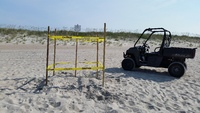 | Recorded by: R. Newman, E. Abernethy
Carteret Co.
Comment: | 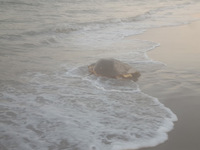 | Recorded by: A. Moorhead
Onslow Co.
Comment: |
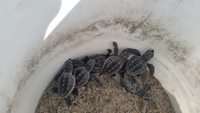 | Recorded by: R. Newman, K. Bleck, E. Abernethy
Carteret Co.
Comment: | 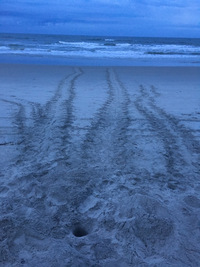 | Recorded by: R. Evans
Onslow Co.
Comment: |
 | Recorded by: B. Fleming
Carteret Co.
Comment: | 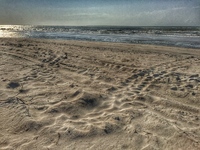 | Recorded by: B. Fleming; R. Newman
Carteret Co.
Comment: |
 | Recorded by: B. Fleming
Carteret Co.
Comment: | 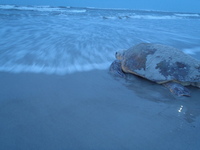 | Recorded by: K. Sourbeer
Onslow Co.
Comment: |
|

 »
» 





 »
» 



